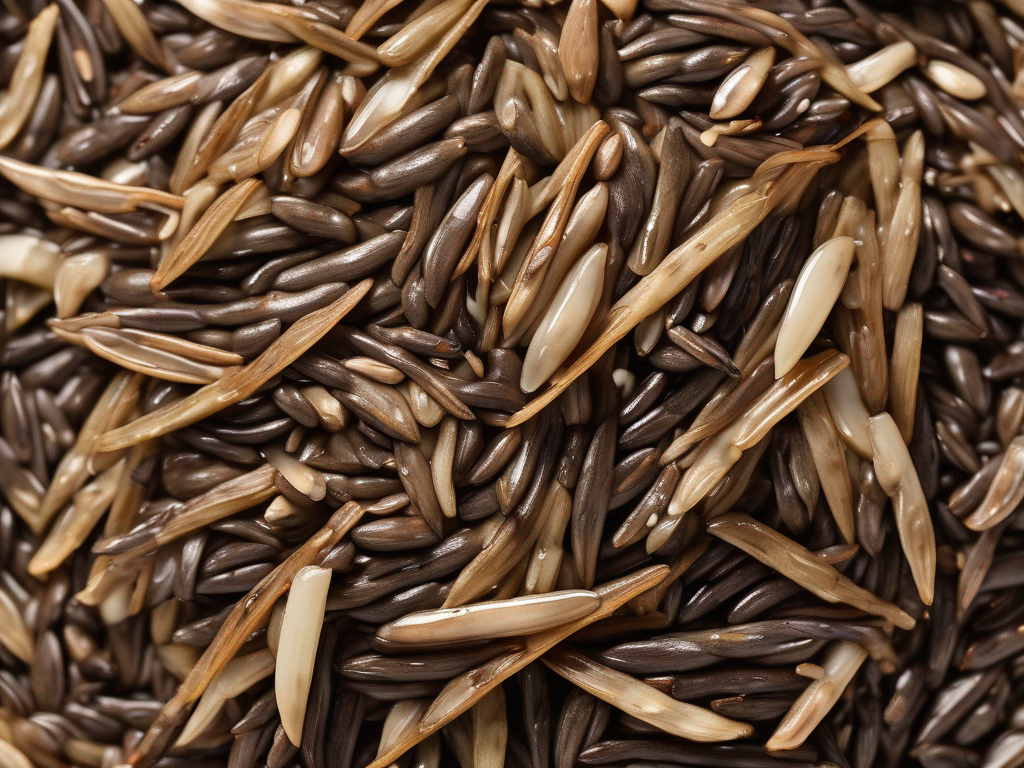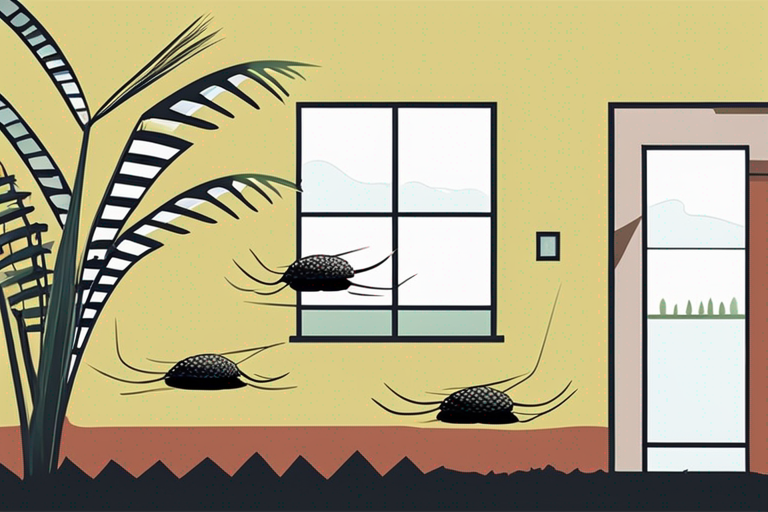
Is Your Annual Wild Rice Still Good? How to Tell if it has Gone Bad
Get Your Free Food Safety Cheat Sheet
30 most common foods with instant answers. Print it and stick it on your fridge—completely free!
Is Your Annual Wild Rice Still Good? How to Tell if it has Gone Bad
Annual wild rice is a nutritious and flavorful grain that can add a unique touch to your meals. However, like all food items, it can spoil if not stored properly. In this blog post, we will explore how to determine if your annual wild rice has gone bad and provide tips on how to store it correctly to maximize its shelf life. (Annual wild rice)
Signs of Spoiled Annual Wild Rice
It's essential to be able to recognize the signs that your annual wild rice has gone bad to prevent consuming spoiled food that can lead to foodborne illnesses. Here are some indicators that your wild rice may have spoiled:
1. Unpleasant Odor
If your annual wild rice smells off or has a musty or rancid odor, it is likely spoiled. Fresh wild rice should have a pleasant, nutty aroma.
2. Mold Growth
Visible mold growth on the surface of the wild rice indicates that it has spoiled. Mold can produce toxins that are harmful if ingested.
3. Changes in Color
If the wild rice has changed color from its natural shade to a darker hue or shows signs of discoloration, it may have deteriorated.
4. Insect Infestation
Presence of insects or larvae in the rice container is a clear sign of contamination and spoilage.
5. Texture Changes
Spoiled wild rice may have a slimy or sticky texture instead of the usual firm and separate grains.
Proper Storage Tips for Annual Wild Rice
To ensure the longevity and quality of your annual wild rice, follow these storage tips:
1. Cool and Dry Location
Store your annual wild rice in a cool, dry place away from sunlight and moisture. A pantry or cupboard works well for this purpose.
2. Airtight Containers
Transfer the wild rice to airtight containers or resealable bags to protect it from exposure to air and humidity.
3. Avoid Temperature Fluctuations
Keep the storage area at a consistent temperature to prevent the rice from absorbing excess moisture and odors.
4. Label and Date
Label the container with the purchase or storage date to keep track of its freshness and ensure you use the oldest rice first.
5. Freezing
If you want to extend the shelf life of your annual wild rice, consider freezing it in a freezer-safe container. Make sure to thaw it properly before using.
Conclusion
In conclusion, it is crucial to pay attention to the signs of spoilage in your annual wild rice to avoid foodborne illnesses. By following proper storage practices and being mindful of the appearance, smell, and texture of the rice, you can ensure that your wild rice stays fresh and safe to eat. Remember to store it in a cool, dry place in airtight containers and check for any signs of mold, odors, or insect infestations regularly. Enjoy the unique flavor and nutritional benefits of annual wild rice by storing it correctly and consuming it before it goes bad. [Check out our main food page for more information on annual wild rice](/food/annual wild rice). (Annual wild rice)

Authoritative Food Safety References
These agencies and university labs inform every tip and health precaution we publish.
USDA FoodKeeper – Cold Storage Guidelines
Official refrigerator, freezer, and pantry timelines maintained by the U.S. Department of Agriculture.
Visit USDA FoodKeeperFDA Produce Safety Rule & Grower Guidance
Field-to-fridge handling practices that prevent contamination of fruits, vegetables, and leafy greens.
Visit FDA Produce SafetyCDC Foodborne Illness Prevention Hub
Surveillance-backed guidance on pathogens, symptoms, and steps to reduce foodborne illness risk.
Visit CDC Food SafetyUC Davis Postharvest Technology Center
University research detailing optimal storage atmospheres for produce after harvest.
Visit UC Davis PostharvestPenn State Extension – Home Food Preservation & Safety
Peer-reviewed extension bulletins on safe canning, chilling, and reheating practices.
Visit Penn State ExtensionHow can I tell if my annual wild rice has gone bad?
Can I still eat annual wild rice after its expiration date?
How should I store annual wild rice to prolong its shelf life?
Can I freeze annual wild rice to preserve it?
Is it safe to reheat cooked annual wild rice?
Get Your Free Food Safety Cheat Sheet
30 most common foods with instant answers. Print it and stick it on your fridge—completely free! Want more? Upgrade to the complete guide with 70+ foods.
Scan your food directly and get instant safety info using our AI-powered camera feature.